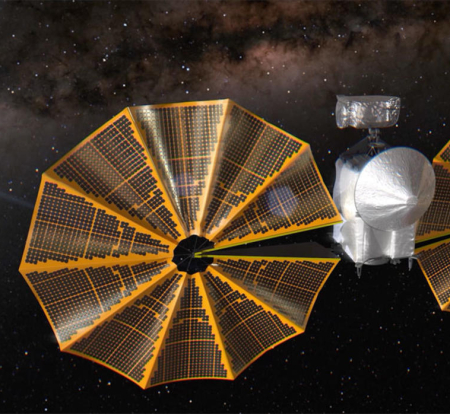Pushback: Judge rules lawsuit from professor suspended for refusing to favor black students can proceed

King’s dream of equal treatment for all
called racist at UCLA
Don’t comply: The lawsuit of Gordon Klein, a professor at UCLA for 39 years who was suspended for three weeks in June of 2021 because he refused to favor black students in grading or exempt them from final exams, will proceed following a favorable ruling by a Los Angeles county judge.
On March 30, 2022, Los Angeles County Superior Court Judge H. Jay Ford III ruled against UCLA when it attempted to have Klein’s lawsuit dismissed. Ford ruled that Klein provided sufficient evidence to “support judgment in his favor” for several of his claims. The lawsuit is scheduled for a jury trial in April 2023.
I covered Klein’s story in a blacklist column in September ’21, describing how Klein was not only suspended but was also subjected to physical threats requiring a police presence at his home.
I also noted that Klein’s lawsuit, available to read here [pdf], specifically targets not just UCLA but “…the individual administrators at the Anderson School personally liable for their wrongful and slanderous actions.” With the lawsuit now proceeding those individuals, specifically Antonio Bernardo, the Dean of the Anderson School, and the entire 26-member Board of Regents of the University of California, are facing punishment for their slanders and bigoted policies.
As always, I strongly recommend my readers spend the time to read Klein’s complaint. Rather than depend on my shortened description, read the whole thing, in all its gory details. You will no longer look at modern academia in the same way. Once an oasis for open discussion, equal treatment, and intellectual thought, established academia has now become a haven for bigotry and hate, focused specifically in destroying anyone who does not support giving minorities favored treatment.

King’s dream of equal treatment for all
called racist at UCLA
Don’t comply: The lawsuit of Gordon Klein, a professor at UCLA for 39 years who was suspended for three weeks in June of 2021 because he refused to favor black students in grading or exempt them from final exams, will proceed following a favorable ruling by a Los Angeles county judge.
On March 30, 2022, Los Angeles County Superior Court Judge H. Jay Ford III ruled against UCLA when it attempted to have Klein’s lawsuit dismissed. Ford ruled that Klein provided sufficient evidence to “support judgment in his favor” for several of his claims. The lawsuit is scheduled for a jury trial in April 2023.
I covered Klein’s story in a blacklist column in September ’21, describing how Klein was not only suspended but was also subjected to physical threats requiring a police presence at his home.
I also noted that Klein’s lawsuit, available to read here [pdf], specifically targets not just UCLA but “…the individual administrators at the Anderson School personally liable for their wrongful and slanderous actions.” With the lawsuit now proceeding those individuals, specifically Antonio Bernardo, the Dean of the Anderson School, and the entire 26-member Board of Regents of the University of California, are facing punishment for their slanders and bigoted policies.
As always, I strongly recommend my readers spend the time to read Klein’s complaint. Rather than depend on my shortened description, read the whole thing, in all its gory details. You will no longer look at modern academia in the same way. Once an oasis for open discussion, equal treatment, and intellectual thought, established academia has now become a haven for bigotry and hate, focused specifically in destroying anyone who does not support giving minorities favored treatment.










